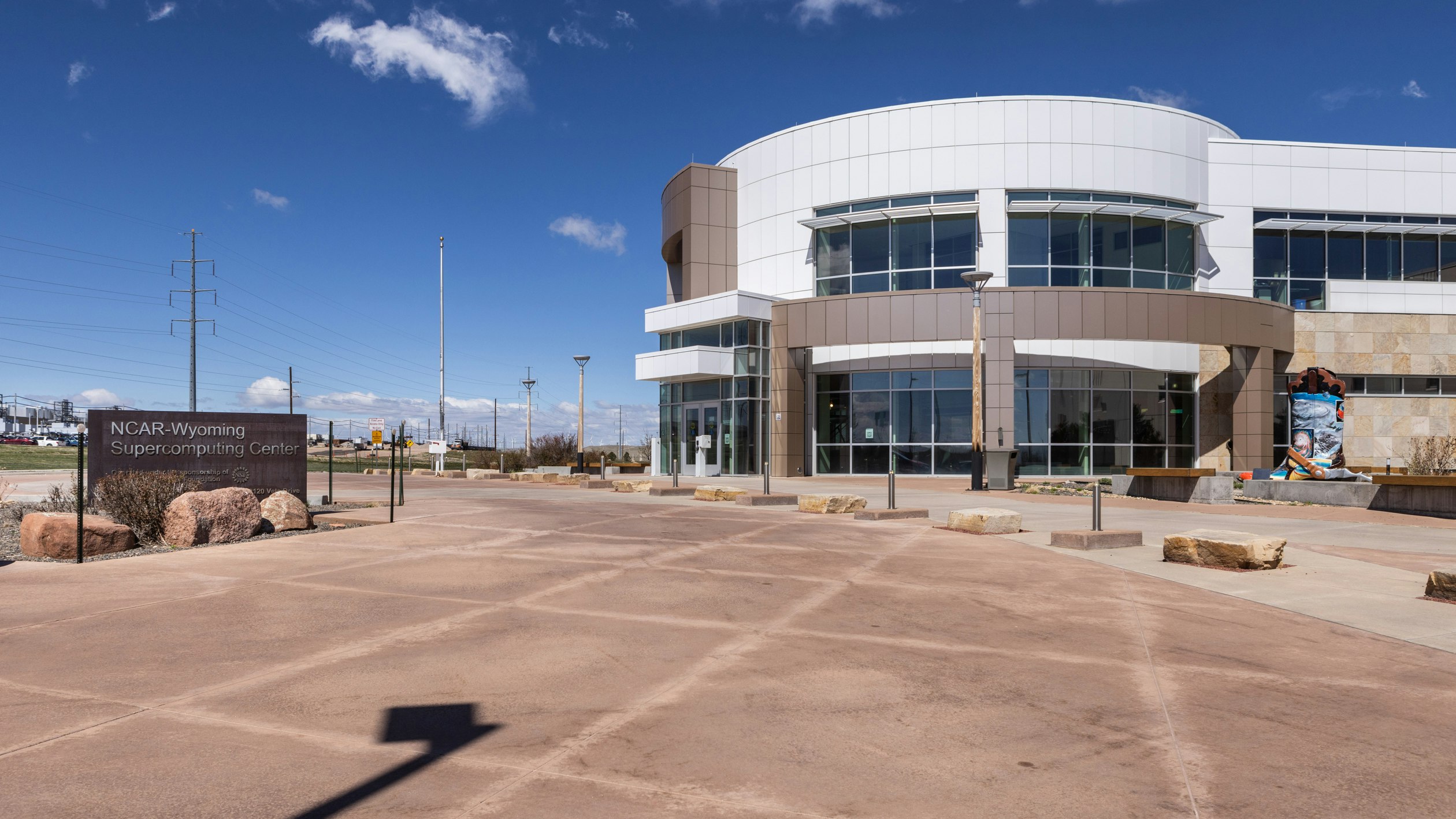Rocky Mountain Power has another double-digit rate increase, adding another $14 to an average residential customer’s bill.
The 10.2% rate increase, approved Tuesday by the Wyoming Public Service Commission, will draw an additional $85.5 million from consumers and is the latest in a string of double-digit rate increases.
With this increase, Rocky Mountain Power has already caught up to and exceeded the almost 30% rate hike it had sought in 2023 but was partially denied.
Wyoming Public Service Commissioner Mary Throne point blank told Rocky Mountain Power on Tuesday that she doesn’t want to see another rate increase request before the end of the year, even as she acknowledged there’s nothing the commission can legally do about it.
At a minimum, the commission wants a new allocation methodology before it sees another rate increase, Throne and the other commissioners agreed.
Throne and the other commissioners also included in their approval a stipulation that forthcoming compliance filings from the company should spell out authority for the Public Service Commission to review and approve any special contracts for large customers.
Commissioners also asked to see a proposed schedule for upcoming workshops to settle outstanding issues between Rocky Mountain Power and consumer interveners Wyoming Office of Consumer Advocate (OCA) and Wyoming Industrial Energy Consumers (WIEC).
“Getting to the general affordability requirements,” Throne added, “I think maybe all of us, but particularly myself, should just stop talking about affordability issues and put our heads together and come up with some solutions.”
Throne suggested some workshops of the commission’s own, bringing stakeholders together, to develop ideas, as well as concrete suggestions the legislature could potentially use.
Consumers Have Rate Fatigue
Those were all discussion items that pleased Wyoming AARP State Director Sam Shumway,particularly, the comments about affordability.
“I think that signals to Rocky Mountain Power, ‘We’re not going to be doing a rate increase every year for you guys,’” he told Cowboy State Daily. “That’s the good news, if there is any, that’s come out of the hearing.
“Because last year they gave them an extra almost $20 a month from consumers, and now they just approved $14 a month. So, if you’re a Rocky Mountain Power customer, your bill has went up by almost $30, $35 in the last year and a half. That’s not fun.”
Shumway said his constituents in particular are frustrated. Many of them are retired, living on fixed incomes like Social Security that do not increase much, if at all, from year to year.
“For a lot of people, that $34, we can absorb that,” he said. “It’s not a huge amount of money. But for the thinnest margins, $34 is not something you can absorb. It’s a real challenge.”
It Ain’t Over Yet
Unfortunately for Rocky Mountain Power customers, there is no end in sight for rate increases.
For one, the agreement reached between Rocky Mountain Power and the two intervenors, Wyoming OCA and WIEC, did not resolve several of the outstanding issues.
Those could affect rates profoundly, WIEC attorney Thorvald Nelson acknowledged. And those effects are not something he believes consumers can completely escape.
“Many of the factors that are driving the rate increase are things that we cannot control in Wyoming,” he said. “They are a function of global market conditions and environment, and, unfortunately, there’s only so much we can do about that.”
Those factors include things like the price of aluminum and steel, the price of gas and coal, the cost of labor and construction, and all the things that go into building out additional electric generation and transmission to meet demand.
“On the good news side, there’s growth in the economy in the state of Wyoming and throughout the American West,” Nelson said. “But that growth also is something that fuels a demand for electricity, and as long as we keep meeting it, as long as it keeps becoming more expensive to do, those two things in combination mean (things) are probably going to continue to be more expensive.”
Mitigating and slowing down rate increases are the best outcome Nelson can foresee.
“That’s one of the reasons we worked with Wyoming legislators to create wildfire mitigation plans, and to try to limit liability in the event of wildfires for utilities,” Nelson said. “So that the kinds of things that are wild-fire related that have driven rate increases won’t happen to us.”
Big Changes Ahead
The ongoing discussion about Rocky Mountain Power rate increases is also happening at a time of great change for power distribution in the Rocky Mountain West, with a six-state, cost-allocation agreement between Wyoming, Utah, California, Idaho, Oregon and Washington expiring at the end of the year.
Utah has already expressed a desire to break free from California, Oregon and Washington. It wants to just have Wyoming and Idaho in its new cost-sharing agreement.
Rocky Mountain Power has said that will likely raise rates for all consumers in the six-state compact by getting rid of savings due to economy of scale, but Nelson is more optimistic about what that might mean.
“If we get a better cost allocation system, that might shift costs out of Wyoming to other states,” he said. “That is something, from WIEC’s perspective, that we are going to be actively engaging in and doing our best on.”
Nelson, like Shumway, was heartened by some of the Commission’s comments.
“You heard Commissioner Throne, especially, noting that from her perspective the deliberations, that she thinks the current allocation system is not fair for Wyoming,” Nelson said. “If that’s what we’re able to show in the upcoming case, there’s an opportunity there that might help us for sure.”
The utility must be able to cover its costs, Nelson acknowledged, but, at the end of the day, some of what’s happening with the potential dissolution of the compact is down to the risks of doing business, too.
All the merger decisions going back to the 90s make that point clear, Nelson added.
“There may be inconsistencies in how the states look at how costs are incurred,” Nelson said. “And that’s on them, and I think they are aware of that. But what we’re trying to do is make sure that the outcome is fair for Wyoming.”
Renée Jean can be reached at renee@cowboystatedaily.com.





